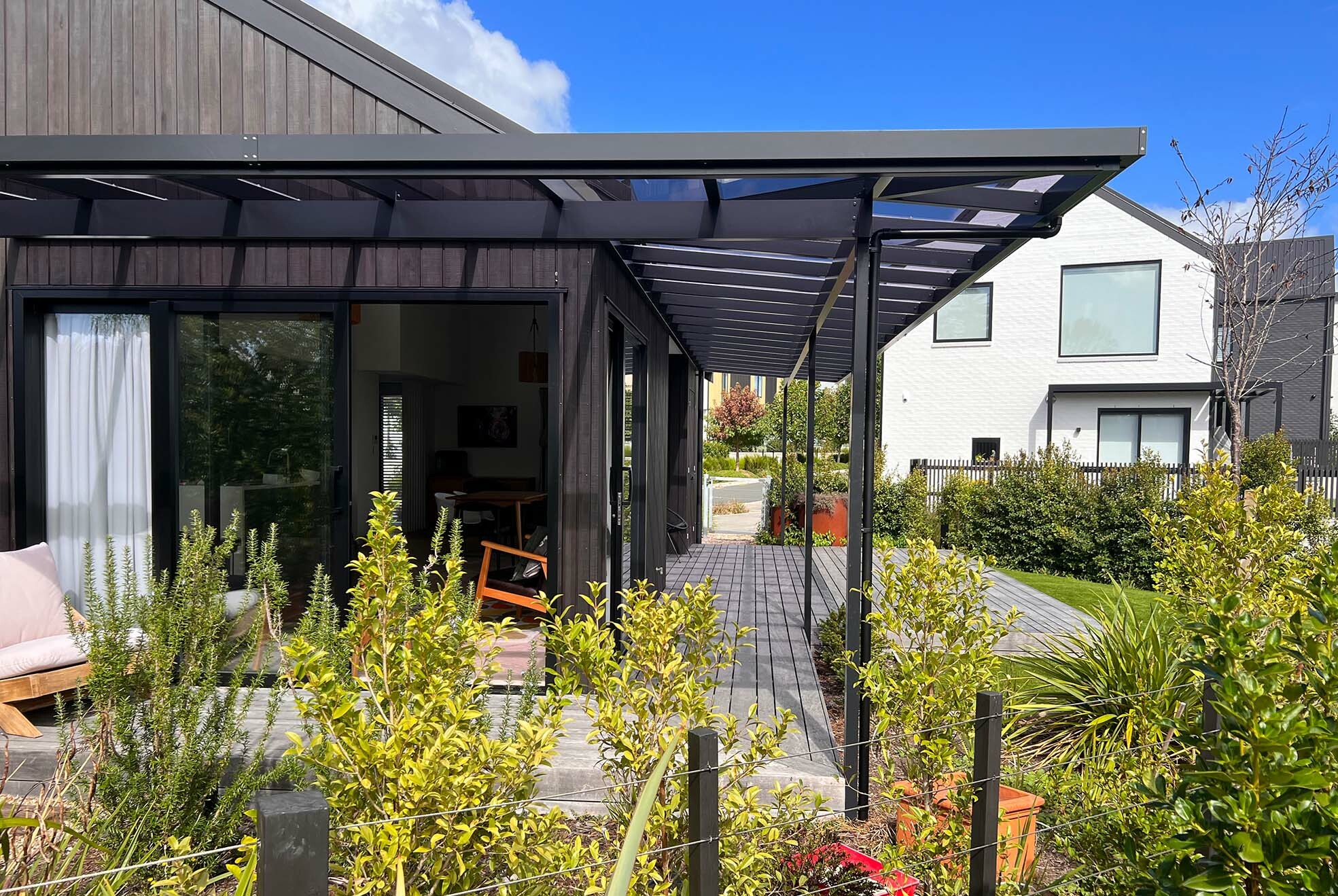How to use plants and greenery to enhance the look of a pergola

The Importance of Incorporating Plants and Greenery into Pergola Design
A pergola is a great addition to any outdoor space, providing shade, shelter, and an attractive focal point. However, a pergola alone can feel a bit stark and utilitarian. That's where plants and greenery come in – by incorporating living elements into your pergola design, you can soften its lines, create a more inviting atmosphere, and tie it in with the surrounding landscape.
Here are some reasons why incorporating plants and greenery into your pergola design is important:
Adds Visual Interest: Plants and greenery can add depth and texture to your pergola design, making it more visually interesting and pleasing to the eye. They can also help to soften the hard lines of the structure, making it feel more organic and natural.
Provides Shade and Privacy: Depending on the type of plants you choose, you can use them to provide additional shade and privacy around your pergola. For example, climbing plants such as wisteria or jasmine can create a beautiful canopy of leaves and flowers overhead.
Enhances the Surrounding Landscape: By incorporating plants and greenery that complement the surrounding landscape, you can create a seamless transition between your pergola and the rest of your outdoor space. This can help to create a cohesive and inviting atmosphere.
Choosing the Right Plants for Your Pergola
When it comes to incorporating plants and greenery into your pergola design, it's important to choose the right plants for the job. Here are some things to keep in mind when selecting plants for your pergola:
Climbing vs. Hanging Plants: Depending on the style of your pergola, you may want to use climbing plants to cover the structure itself, or hanging plants to create a living canopy overhead. Climbing plants like ivy or climbing roses can be trained to climb up the vertical supports of your pergola, while hanging plants like Boston ferns or trailing petunias can be suspended from the roof beams.
Sun Exposure: Before selecting plants for your pergola, it's important to consider the amount of sun exposure the area receives. If your pergola is in full sun, you'll need to choose plants that can tolerate the heat and direct sunlight. If your pergola is in a shadier area, you'll need to choose plants that can thrive in lower light conditions.
Maintenance: Different plants have different maintenance requirements, so it's important to choose plants that you'll be able to care for properly. Some plants, like succulents or cacti, require very little water and attention, while others, like fuchsia or impatiens, require regular watering and fertilising.
Aesthetic Considerations: Finally, it's important to choose plants that fit with your overall aesthetic and design vision for your outdoor space. Consider factors like colour, texture, and shape when selecting plants for your pergola.
Tips for Incorporating Plants and Greenery into Your Pergola Design
Now that you know why incorporating plants and greenery into your pergola design is important, and how to choose the right plants for the job, here are some tips for actually incorporating them into your design:
Plan Ahead: Before you start planting, it's important to plan ahead and consider how your plants will grow and develop over time. Think about how much space each plant will need, and how it will interact with other plants and with the pergola itself.
Use a Mix of Plants: To create a dynamic and interesting look, try using a mix of different plants and greenery.
Climbing plants are another popular option for adding greenery to a pergola. These plants have the ability to climb and attach themselves to the structure, creating a natural and beautiful look. Some popular climbing plants for pergolas include:
Wisteria: This fast-growing plant produces long, fragrant blooms in shades of purple, pink, and white.
Clematis: These plants produce large, showy flowers in a variety of colours, including pink, purple, and red.
Climbing Roses: Roses are a classic climbing plant choice, and their beautiful blooms add a romantic touch to any pergola.
Grapevines: If you're looking for a functional climbing plant, grapevines can be a great option. Not only do they produce delicious fruit, but they also provide a lush, green covering for your pergola.
Maintenance Tips
While adding plants to your pergola can enhance its beauty, it's important to keep in mind that they do require maintenance. Here are some tips for caring for the plants on your pergola:
Pruning: Regular pruning is essential for keeping climbing plants under control and preventing them from becoming too dense. Pruning also promotes healthy growth and can help to prevent disease.
Watering: Depending on the type of plants you have, they may require regular watering. Be sure to water them thoroughly and avoid letting the soil dry out completely.
Fertilising: Fertilising your plants can help to promote healthy growth and ensure that they continue to thrive.
Pest control: Keep an eye out for pests that may be damaging your plants, such as aphids or mites. You can use natural remedies, such as neem oil or insecticidal soap, to keep them under control.





















